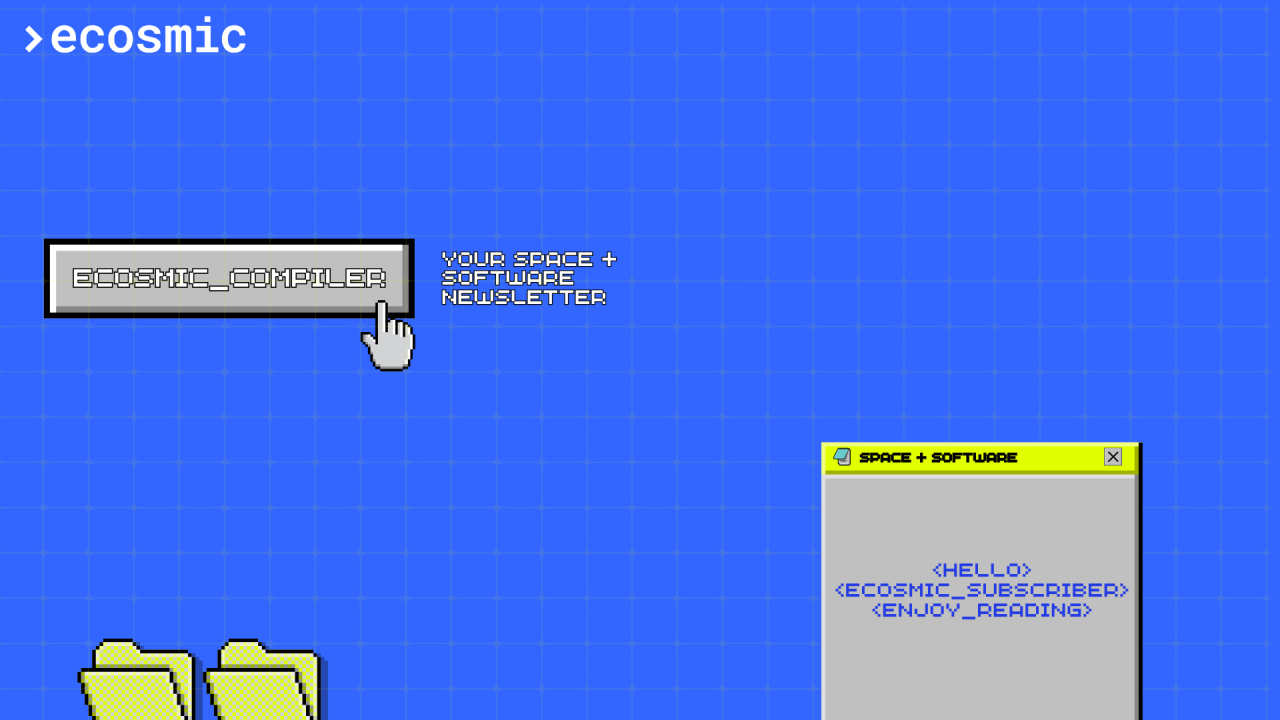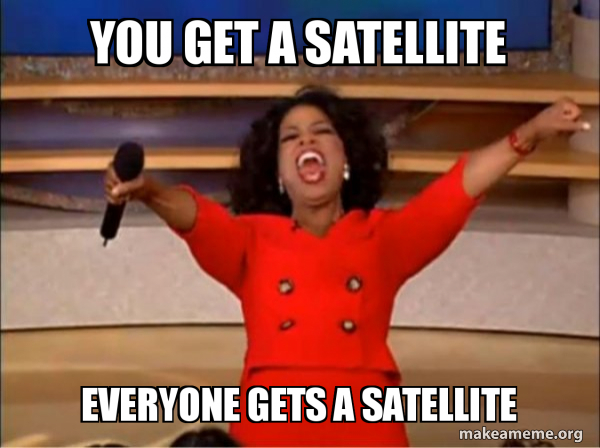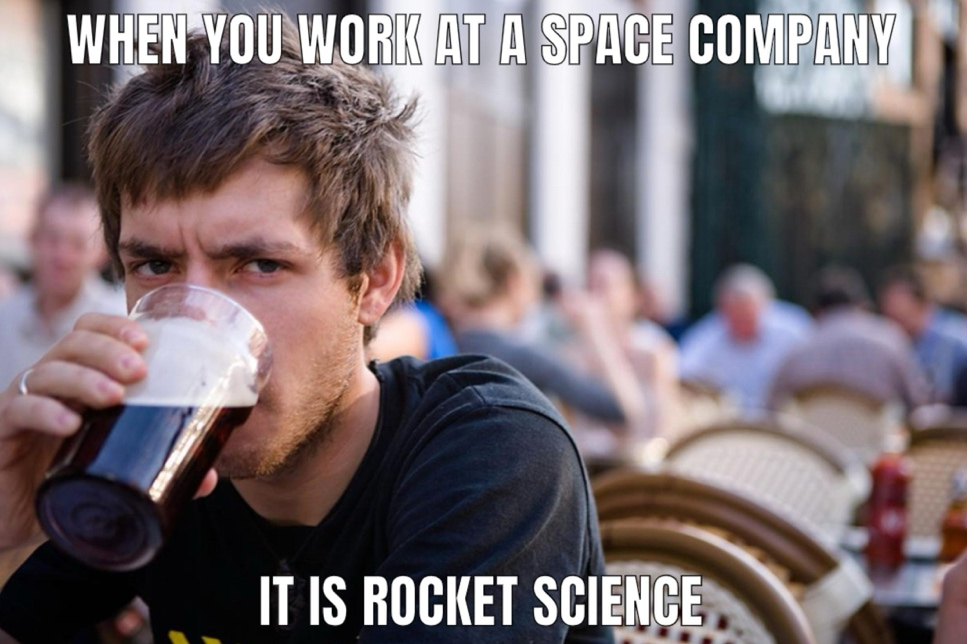
Hello! I’m Chiara, Associate @ Primo Space Fund, first investors in Ecosmic, and I have been working alongside the team since the day we begin the investment process, two years ago.
Primo Space is an Italian Venture Capital fund focused on the Space Economy and we are on the continuous hunt for talents in any field that is remotely related to space. Over the last five years we have invested in constellations, rockets, applications based on Earth Observation data, autonomous navigation software, ultrashort lasers for manufacturing, 3D printing and so on.
When investing in the Space Economy, the standard milestone for companies in your portfolio is the number of satellites launched or the number of satellites served. Overall, a whole lot is about satellites. And it never ceases to amaze me how our companies are able to always find a new client to serve, a new company to rideshare with, so on and so forth. Which all comes up to say: there are a lot of satellites. As of 2024, a total of 8,135 satellites are active in low Earth orbit (LEO). In 2023 alone, 2.664 new objects were sent into space, breaking the previous year’s record[1]. In 2018, objects launched were 453. I am sure this is no news to anyone, but as investors in space, we come across this new normal everyday, just like most satellite operators

When we started investing in space in 2020, the increasing number of satellites was a great opportunity that paved the way for our investment thesis. In the last five years, a lot of things have changed, both in terms of market and in terms of geopolitical situation. The initial focus of the fund reflected those times: focus on anything that supported the growth of the space infrastructure, its deployment and maintenance while in orbit. A couple of big things happened between now and then and our approached changed too. We started investing in solutions tailored for the new crowded orbits and the related complications, and we started going more in details on the possible dual-use applications of the space technologies we already invested in, as well as new ones.
The Space Domain Awareness market is a great intersection of the two main needs that emerged in the last years: the need to manage satellites in the overcrowded space environment, and the increasing demand for safety and security of critical assets, including satellites.
The development of solutions in this field came once the space economy was already mature and answers to a need that was created exactly because it grew so much and at such high speed. From initial attention to the current state of play, an entire value chain has been developed. Space Domain Awareness needs precise and constantly updated data, which can be provided with ground based or space-based infrastructure; then those data have to be analyzed properly, with software that guarantee more precise and reliable results.
The difference between the former and the latter is the overall capital need of the initiative. Building a constellation or a ground station network, technologies that we often encounter, requires a lot of capital and a long time before the company starts producing revenues. On the other end, the real issue with software is that a Software as a Service approach is very difficult to implement when your customers are space companies. Each of them will want to keep part of their traditional processes so the product will eventually need to be tailored to their particular needs.

We met the Ecosmic team when their approach was still consultancy-like and while the team impressed us, the business was still far from scalability. In their good stubborn manner, they actively worked on the problem and on efficient ways to solve it and they came back with a product, something that was actually simple yet innovative for the targeted market. The innovation in their models appeared so simple yet so relevant. By implementing small changes, the results of Ecosmic’s software were going to be considerably better than what other players were offering. For as much as the product was valid, the complexities in the sales strategy of software in space remained. But this is where the team showed its potential. When you invest in space, teams are often made up of very technical people, with some shortcomings on the business side. With Ecosmic, a good mix of skills was already there and for as much as the founders are all aerospace engineers, they gave early signs of good business acumen.
When you invest in something at pre-seed, with very little in your hands, the product will likely end up being something different than what you were presented. It is very hard that the first attempt in any part of the strategy will work one hundred percent, so what you are really looking for is the ability to collect feedback, process it in the right way, and implement changes. We were confident that the team was able to do so and 18 months into this journey we confirm our first impression.
In the meanwhile, new players continue to grow and the market gets more crowded. Even if the customer base could not yet be fully mature, we start seeing some relevant trends that are likely to drive its expansion, now fueled by the significant amount of money that the European Union is spending in sovereign defense technologies and space security solutions. Just like government spending paved the way for the development of commercial players in the space economy, this new strong intervention in the European defense market will likely lead to a rise of players in this area and therefore an increasing number of opportunities.
Come find us
If you want to connect with us in person, you can always pass by our office in Turin for a tasty espresso. Otherwise, you will also find us here:
- 27 September - 4 October, IAC @ Sydney, Australia
- 1-3 October, Italian Tech Week @ Turin, Italy. Find our CCO Imane at Early Stage Espresso on October 2, RSVP here.
[1] BryceTech, 2024